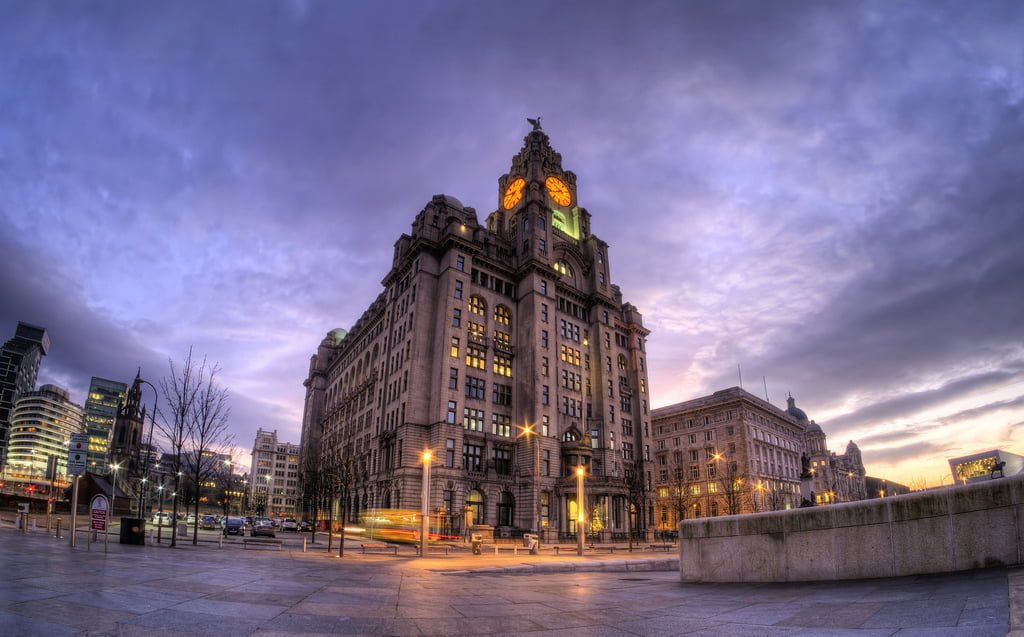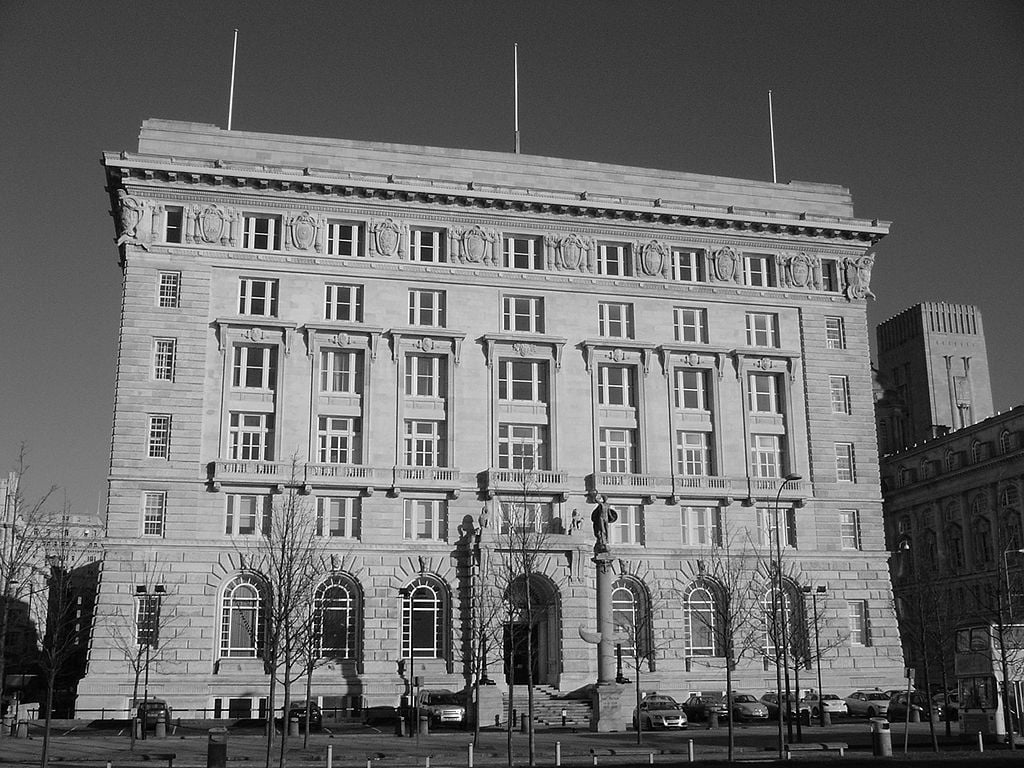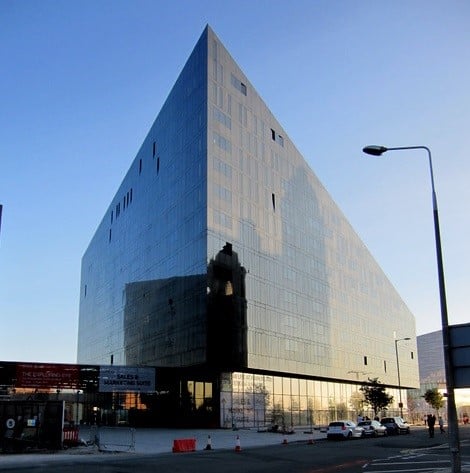
Photo Credit: Neil Howard
Liverpool has always been about the money. Trade and transactions formed the very basis of its foundation. King John created Liverpool in 1207 essentially so he did not have to send his ships to Ireland via Chester and pay whopping tax fees. However, the current need to raise monies, constantly blamed on government cuts and austerity may now lead to the city losing its esteemed world heritage award.
A World Heritage Site (WHS) is a place that is listed by the United Nations Educational, Scientific and Cultural Organization (UNESCO) as of special cultural or physical significance. UNESCO state: ‘Six areas in the historic centre and docklands of the maritime mercantile City of Liverpool bear witness to the development of one of the world’s major trading centres in the 18th and 19th centuries. Liverpool played an important role in the growth of the British Empire and became the major port for the mass movement of people, e.g. slaves and emigrants from northern Europe to America. Liverpool was a pioneer in the development of modern dock technology, transport systems and port management. The listed sites feature a great number of significant commercial, civic and public buildings, including St George’s Plateau.’
There are plans to build in close proximity to the acclaimed Three Graces, the trio of buildings forming the centrepiece of the UNESCO site. Liverpool Waters, a £5.5bn regeneration scheme, has plans to transform 60 hectares of redundant docklands into a “world-class destination” encompassing 9,000 flats, offices and shops.
The development director of Peel Group, the company behind the scheme, Lindsey Ashworth claims that Shanghai is the main source of inspiration, but also Vancouver and Hong Kong. The result put forward is a crammed mash of spires and arches, a general business that distracts from what makes the Liverpool waterfront unique.

The Port Of Liverpool Merseyside Dock And Harbour Board building was the first to be constructed on the reclaimed land from the Georges Dock in 1907 by Arthur Thurnley. The Cunard building, started in 1914 and completed during World War Two by Architects Willink and Thickness, is an elegant showpiece. The Liver Building was the first multi-storey building reinforced concrete, when it was erected in 1908. Its building techniques and innovative ideas in construction went on to be recreated in NYC and Canada. It has the largest clock face in UK, even bigger than Big Ben in London (although Big Ben is actually the name given to the clock’s bell).
There is already a massive modern building development, Mann Island, on the Liverpool waterfront. It resembles a shiny black spaceship that at first this writer found quite ugly and gave it the label the fourth grace, the disgrace. However, it’s appeal grows with time.

The Liverpool Waters project has until 2042 to be developed but UNESCO have given Liverpool just one year to sort it out: ‘a one-year stay of execution’. Liverpool Mayor Joe Anderson is unfazed at the prospect of losing this prestigious accolade. “Not one person who comes to visit our city comes to see the UNESCO certificate on my wall,” he says. “They come to see a vibrant, dynamic city, not one that’s preserved in aspic. I’m a pragmatic person. I believe we can cherish our heritage and come up with great iconic modern buildings, too.”
The custodian of the city has a hunger for profit and development, particularly student accommodation. The Futurist, the first purpose built cinema in the UK, was allowed to rot and decay, eventually being pulled down to build a sprawling tower block of student accommodation. Recently the controversial realignment of the border between Calderstones Park and Harthill will allow Redrow to build ‘much needed’ luxury housing in a city crammed with vacant penthouses, apartments and other property.
The city’s historic centre and docklands became a World Heritage Site in 2004, but were added to the danger list in 2012 due to the anticipated construction of Liverpool Waters. Of the 1,052 World Heritage Sites across the globe, 53 are in danger. Only two sites have ever been delisted by the committee: the Arabian Oryx Sanctuary in Oman and the Dresden Elbe Valley in Germany.
The City Council has said it will now work closely with UNESCO to come up with a satisfactory solution that permits the city to keep its status while still allowing development on or near the waterfront. For now, keep a watchful eye on the waters, the Liverpool Waters in particular.
See here for a different take on this hot debate on TSOTA.




Comments